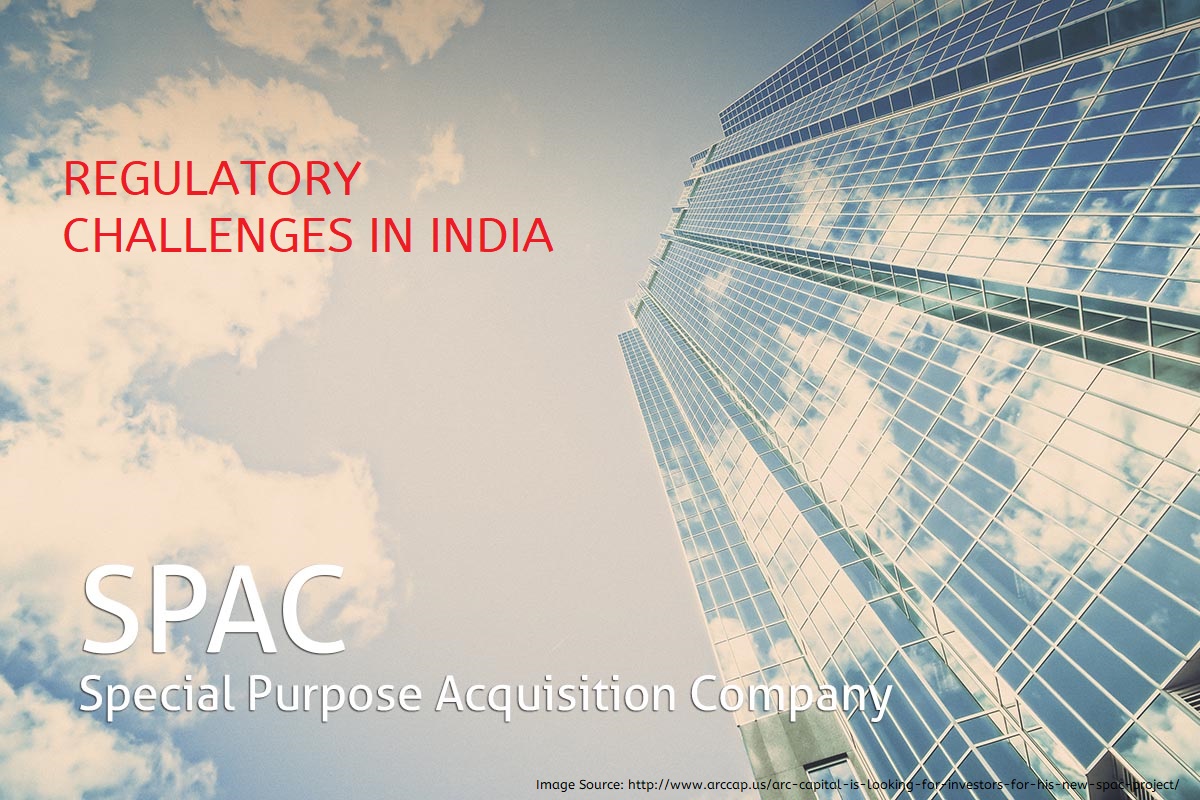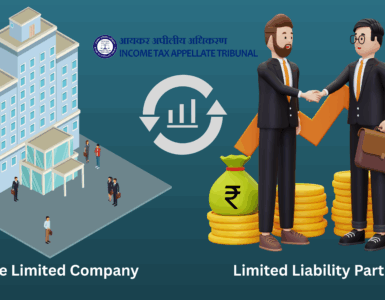Special Purpose Acquisition Vehicles (SPACs) have emerged as a promising option to raise public funding from offshore markets. They are especially suited for start-ups, who otherwise find it difficult to excite the conservative Indian retail investors. This has become all the more critical as there is evidence that private funding may be drying up and it may be a while before it returns as a substantial source of capital for start-ups. With SPACs, the start-up gets listed through a reverse merger with a listed shell company, i.e., the SPAC, which acquires the start-up.
Indian laws also need to be suitable amended to facilitate overseas fundraising by startups.
SPACs regulatory evolution- globally
Globally, SPAC regulations have evolved over the past many years. SPAC structures are more shareholder friendly and have ample fail-safe measures to prevent fraud. Lock-in periods ensure that founders have some “skin in the game” and minimize agency costs. Successful SPAC listings over the years have reduced risk perceptions and, consequently, the associated upfront costs, such as underwriter’s fee, has also come down. India has seen a reasonable number of acquisitions by SPAC recently:
- Yatra was acquired by Terrapin 3 Acquisition Corp (TRTL), a NASDAQ-listed SPAC. TRTL was listed on NASDAQ in 2014 and Deutsche Bank was their underwriter.
- Videocon DTH was listed on the NASDAQ through a reverse merger with Silver Eagle Acquisition Corp, a SPAC. Silver Eagle was listed in 2014 and Deutsche Bank was their underwriter.
- Constellation Alpha Capital Corp., a SPAC, was listed on the NASDAQ in 2017. It is focussed on acquiring a target in healthcare services and manufacturing industry in India. Cowen acted as the underwriter for the offering.
In addition to the above, there have been multiple SPAC acquisitions in India in the past, including:
- Trans-India Acquisition Corp.’s acquisition of Solar Semiconductor in 2008; however, the position was liquidated in 2009. Trans-India was an AMEX-listed SPAC whose offering was underwritten by Joseph Gunner and Co.
- Presently delisted, Phoenix India Acquisition Corp. was listed as a SPAC on the NASDAQ in an offering underwritten by Gersten Savage. They acquired Citius Power in 2008.
Two inferences can be drawn from the above information. Major investment banks, who are active in the IPO market, have actively underwritten recent SPACs. Compared to this, SPAC underwriters in the early 2000s were more specialized. This goes back to the argument that underwriter fees have come down as competition has increased and, as a result, only the larger mainstream investment banks find it profitable to underwrite SPAC listings. Another important point to note is that the recent India-focussed SPACs were more successful and were listed on more prominent exchanges such as the NASDAQ. All this points to the increasing acceptance of SPACs as an additional avenue to raise capital in India.
Regulatory framework in India
In India, the major regulatory drawback is the lack of targeted laws concerning SPACs. We summarize the relevant regulations below:
-
Company’s Act
Since November 2016, when the government announced demonetization, it has been cracking the whip on suspicious shell companies and there has been an urgency to define them because they are not presently defined under the Companies Act. In March 2018, a Parliamentary committee asked the government to define the term “shell company” in the Company’s Act in order to “avoid legal ambiguity and pre-empt avoidable litigations”.
A paper by Garg et al. (2011)[i] identified the “Objects” clause in the Companies Act 1956 as a major impediment in the implementation of SPACs. The clause requires applicants to mention their business objective. Unfortunately, SPACs have no business objectives of their own and their sole objective is to acquire a target. Company’s Act 2013 has done away with the “Other Objects” clause, thus taking away any flexibility in defining the Objects. The Companies (Amendment) Ordinance introduced in the Parliament in 2017 proposed the removal of the “Objects” clause all-together. However, this proposal was removed before the Act was signed.
As per Section 248 of the Company’s Act 2013, the registrar can remove a company’s name from the register of companies if it has “failed to commence its business within one year of its incorporation”. The typical acquisition timeline of a SPAC is 18 to 24 months. The sponsors need this time to identify the best target in order to maximize shareholders’ wealth. Thus, this clause presents a major hurdle to SPAC implementation.
-
SEBI Regulations
In 2017, SEBI suspended trading in 331 suspected shell companies;[ii] however, it later gave a clean chit to most of them.[iii] In 2018, in an advisory capacity to the government, SEBI based its definition of shell companies on the U.S. SEC regulations.
SEBI (Issue of Capital and Disclosure Requirements) Regulations, 2009 (amended Aug 2017), Section 26 sets minimum eligibility conditions for a public offer. These require the issuer to have:
- Net tangible asset of at least INR 3 crore in each of the preceding three years (earlier requirement of maximum of 50% to be held in monetary assets has been done away with in case the entire public offer is through sale).
- Minimum average consolidated pre-tax operating profit of INR 15 crore during any three of the last five years.
- Net worth of at least INR 1 crore in each of the last three years.
It is easy to see that SPACs cannot meet any of these conditions. They do not have any operational profits or non-monetary tangible assets. Furthermore, even if the founders infuse monetary assets, most SPACs cannot wait for three years before getting listed.
-
Exchange requirement
All major SPAC exchanges across the globe have their own SPAC-related regulations. Some of them have been highlighted below:
- In January 2018, in a bid to encourage SPACs and reduce price distortion, the NASDAQ proposed that the number of round-lot holders be reduced and the SPACs should maintain net tangible assets of $5 million to remain listed.[iv]
- In the case of a reverse merger with a listed entity, the London Stock Exchange (LSE) requires the listed entity to delist and then reapply.
- The Australian Securities Exchange and HongKong Exchange allow reverse merger on a case-by-case basis.
- Canada’s Toronto Stock Exchange (TSX) has separate guidelines for SPACs and is actively promoting it.
The National Stock Exchange (NSE) and the Bombay Stock Exchange (BSE) are the two most prominent stock exchanges in India. Both exchanges require compliance with SEBI regulations. In addition, the NSE requires the companies to have positive operational cash accruals (Earnings before Depreciation and Tax) for the last two years, making SPACs ineligible for listing.
In addition to above the Acts and laws, Garg et al. (2011) identified SEBI (Substantial Acquisition of Shares and Takeovers) Regulations, 2011 (amended Mar 2017) and Foreign Exchange Management (Acquisition and Transfer of Immovable Property in India) Regulations, 2018 (FEMR) as having significant impact on SPAC mergers in India. The Takeover code is applicable only if the target company is listed, in which case it puts severe limitations on the extent of control that can be acquired and further increases the time period for the transaction. FEMR is applicable in case either one of the SPAC or target is listed outside India, or if an Indian SPAC receives investment from offshore investors. FEMR guidelines allow overseas investment only upon the acceptance of the application by the Reserve Bank of India (RBI). FEMR Cross Border regulation 2018 allows both inbound and outbound mergers, subject to adherence to all relevant laws and regulations.
Possible regulatory amendments and future of SPACs in India
As discussed, some of present laws and regulation are detrimental to the development of SPACs in India. Some of these are archaic and need to be redesigned with a fresh look at the state of Indian economy. Shell companies need to be defined and perceptions about these being primarily a money laundering vehicle need to be altered. A special committee needs to be constituted to study the impact of SPACs in other countries, especially towards invigorating their start-up industry. SPACs are different from companies that undergo normal IPOs and hence we need specific targeted laws for them. The Companies Act should have separate chapter covering the incorporation of a SPAC and compliance and governance aspects related to its management, board and shareholders. Once it concludes acquisition, a SPAC can govern under the normal provisions. Similarly, separate provisions/chapter are required under all the applicable laws and listing requirements. Income Tax law can also include SPACs under the exemptions and deductions currently available only for Start Ups, VCs and angel investors.
India Inc. is at a cusp of a change. McKinsey has sized India’s capital market at approximately $140bn. As per its research paper,[v] it has found that deeper capital markets can help release $100 billion of fresh funding every year that would rapidly accelerate the industry growth. It is time for regulators to take a fresh look at SPACs and help unlock the potential for immense value from these structures.
The article is co-authored by a Senior Associate with KPMG and Ramabhadran Thirumalai, a Clinical Assistant Professor with Indian School Business as a part of their thought piece.




